Covid Fiction, Fall (Mostly) Fiction Preview
This newsletter is free to the public, and appears infrequently due to my chronic illnesses. If you would like to support me, you can subscribe to my podcast's Patreon here. Although I'm on leave, this still helps. Otherwise, feel free to send me a couple bucks through Ko-fi.
You may already have seen this article on my social feeds, but in case you haven’t, I wanted to share the essay I wrote for The Sick Times on There’s Nothing Wrong with Her, the first long covid novel from a mainstream US publisher. In the essay, I look at some diversity in publishing statistics and argue that we need more books not only about this condition but about disability and chronic illness more broadly. One sterling example from this fall is Garth Greenwell’s Small Rain, which I also look at in the piece.
This is the first essay I’ve published since getting long covid myself, not counting this newsletter. I’m really proud of how it turned out and hopefully it’s the first of more to come.
———
I’ve also been meaning to put together a little fall fiction preview list for the past few weeks, and while it’s been delayed somewhat by… you guessed it… fatigue, I’ve finally put something together. This is really fiction and a couple graphic memoirs, which I felt fit in better here than in the nonfiction list I’m aiming to write in the next couple of weeks, which will focus on history books.
I haven’t made a study of preview lists this fall, but I’ve looked at several and have been demoralized by how uniform they’ve been. Most have highlighted the same novels, a couple of which I personally didn’t much care for. But there are also great books coming out this fall by established authors: Small Rain, The Mighty Red by Louise Erdrich, The Empusium by Olga Tokarczuk, Colored Television by Danzy Senna, and Our Evenings by Alan Hollinghurst. (And of course Sally Rooney, though I haven’t read Intermezzo yet.) These are all truly superb novels that deserve attention. (Hollinghurst is one of my favorite authors!) But the uniformity of these lists means that plenty of deserving books, especially books by small presses and even less flashy imprints of bigger houses, fall to the wayside.
So instead of highlighting the above books, though I do recommend them all, I’m focusing on books that haven’t gotten as much attention. They have probably shown up on lists somewhere, I’m not saying nobody at all has been talking about them. But they haven’t been on the major prize lists or been talked up by the New York Times. These books also deserve to be read and I hope you’ll check some of them out. (You can find them all on Bookshop here.)
Fall Fiction Preview (and a Couple Memoirs)
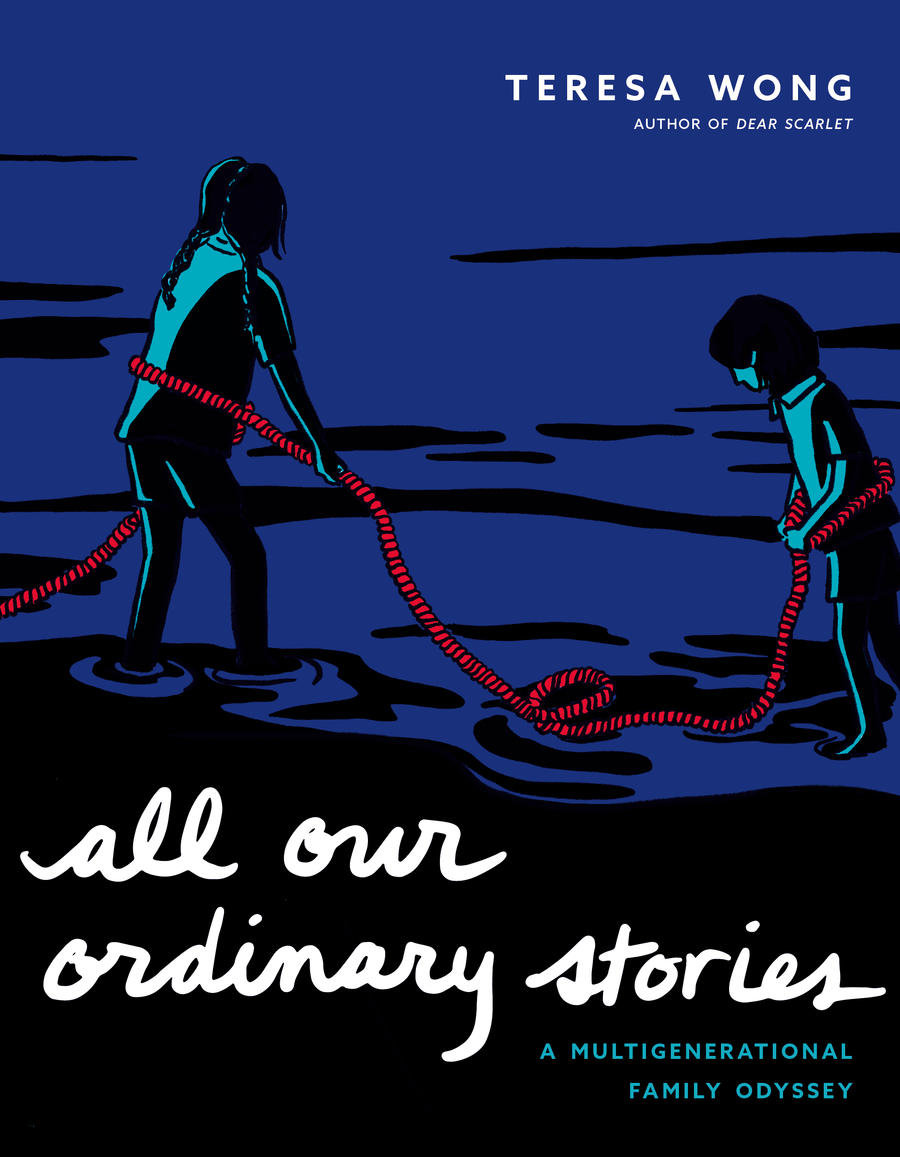
All Our Ordinary Stories: A Multigenerational Family Odyssey, Teresa Wang (Arsenal Pulp Press, 9/24)
I would never have come across this memoir if I hadn’t received the galley, and I’m so glad I did. If you’ve read other books about immigrants fleeing communist China (or have family members who made this journey), the basic arc of Wang’s family history will be familiar, but as in most great memoir, this book succeeds due to her mastery of small details, from her father’s repeated efforts to swim to Hong Kong to the surreal experience of growing up in mostly-white Alberta, to the shock of seeing her elderly mother’s despair after a lifetime of suppressed emotions. I think graphic novels uniquely suit the memoir form because they can convey these details that burst through our memories in a particularly strong way.

If Only, Vigdis Hjorth, trans. Charlotte Barslund (Verso, already out)
This is the first book I’ve read by Hjorth, though I remember reading about the controversy Will and Testament caused in her native Norway. Like that novel, If Only is a form of “reality fiction,” another term for autofiction. As far as I know, this tale of a playwright who becomes erotically obsessed with a professor, finally manages to embark on a relationship with him after years (and the end of both their marriages), only to find herself increasingly overtaken by his controlling and erratic behavior, closely mirrors a relationship that Hjorth had with a notable public intellectual. As in a real-life abusive relationship (a term I’d use, though I suspect Hjorth wouldn’t), the novel repetitively reconstructs fights, capitulations, and make-ups, until the affair has finally concluded. If this sounds punishing, it is, but I found the novel and Hjorth’s prose compulsive, mesmerizing; I couldn’t look away. And although the man undeniably comes off worse, Hjorth paints her own stand-in as deluded and obsessive, too. By the end, it’s hard not to think that everyone would be better off being single, forever.
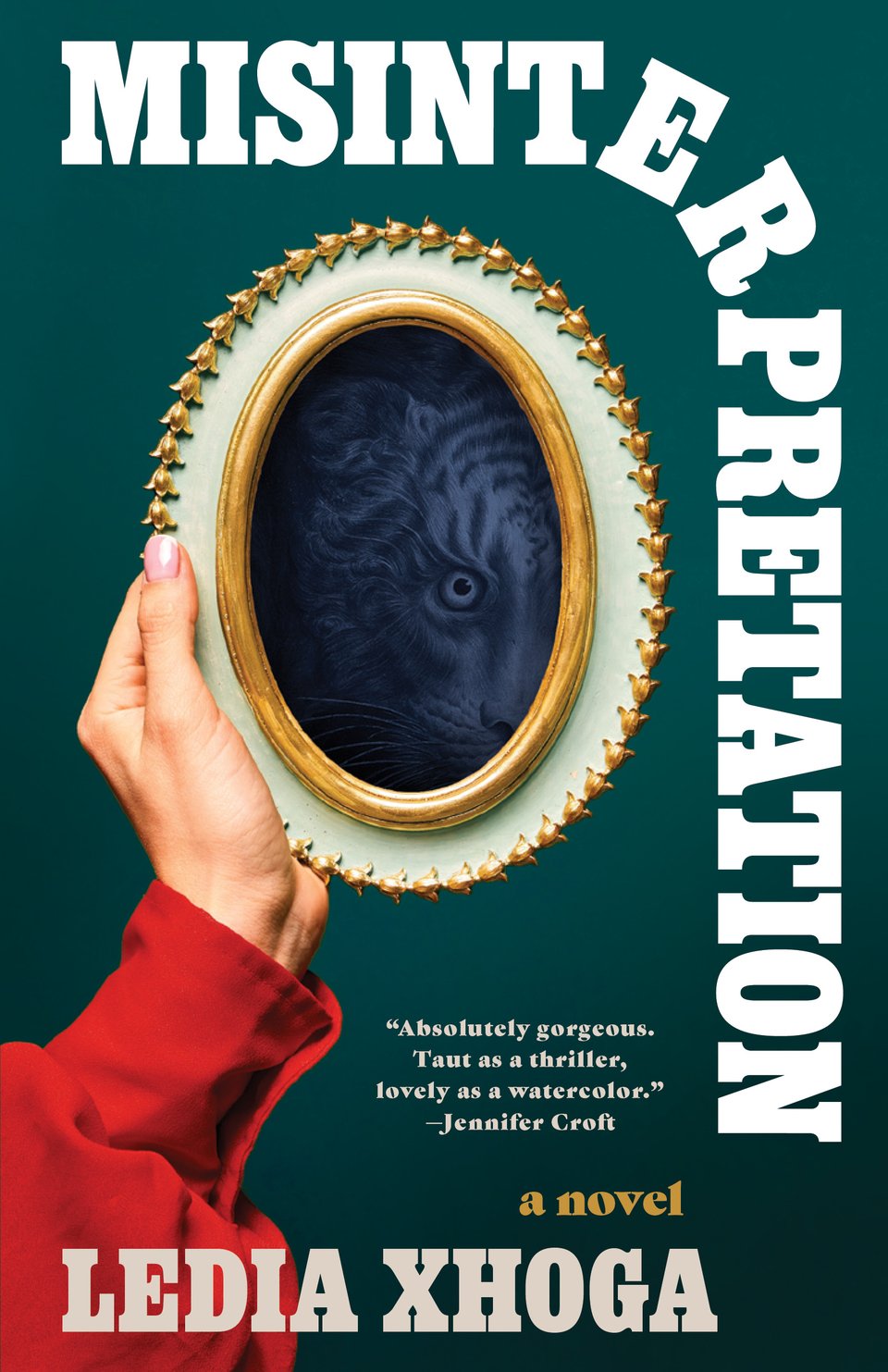
Misinterpretation, Lydia Xhoga (Tin House,
I’m not sure how exactly to describe this book, which does not have a traditional “plot” pe se. The main character, an Albanian-American translator living in New York, has a habit of exerting herself too much on behalf of those in precarious situations, and so finds herself too emotionally involved in the plight of Kosovan torture survivor whose family background mirrors her own and a poet who is fleeing an abusive ex, while her own marriage begins to fall apart. The allure of this novel lies largely in its frequently dream-like quality: the narrator cannot always discern fact from paranoia or hallucination and begins to act in reckless ways as a result. This is another book that sucks you into its particular world, while also coming from a specific cultural place that I haven’t encountered before in American fiction.
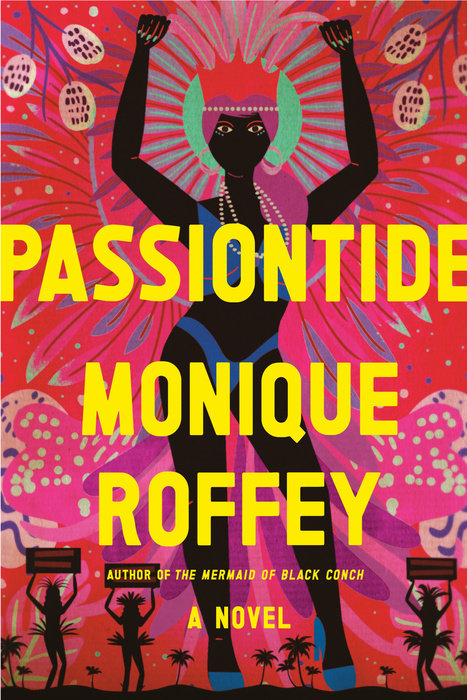
Passiontide, Monique Roffey (Knopf, already out)
I spend a lot of time thinking about how authors can write about politics in a constructive, rather than a didactic or condescending, way. This book and the following entry on this list are both perfect answers to this question, though their approaches are different. Roffey dives straight into the question of femicides in the Caribbean by transposing a real feminist uprising onto a fictional island. After a Japanese pan player is murdered during carnival, women from the island, led by sex workers, activists, and journalists, begin camping out in the city’s central square and eventually start a sex strike. Roffey writes sharply from all these points of view, as well as from that of a corrupt detective, the frustrated PM, and others. The different social forces at work within this cobbled together women’s movement and the broader society all bounce off of each other in an eminently believable way. But the core, of course, is the deep rage these women feel at the devaluation of women’s lives in their country, a feeling specific to the local context in which Roffey writes but also, depressingly, global.
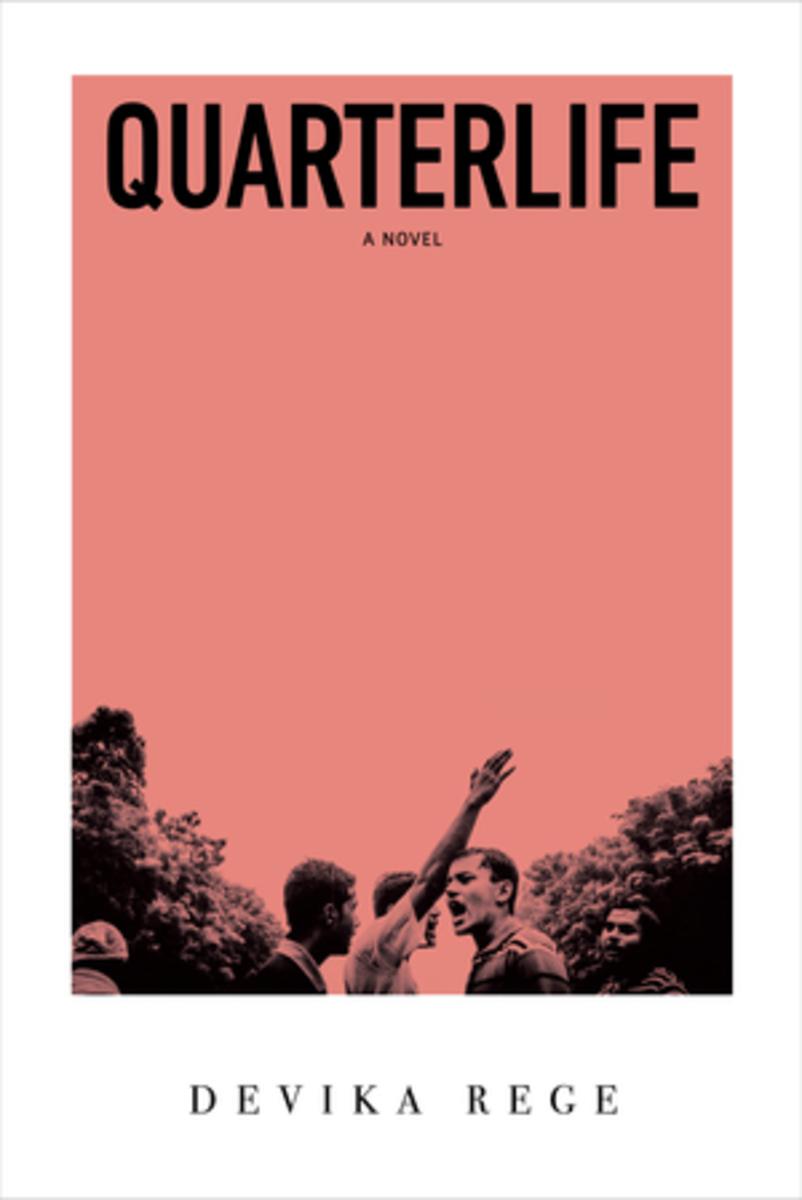
Quarterlife, Devika Rege (Liveright, already out)
Quarterlife is as political as Passiontide, though Rege approaches her subject through the individual psychologies of three primary characters rather than through a broader diagnosis of society. Beginning in 2014, Quarterlife tracks the rise of Modi and Hindu-nationalism through the changing perspectives and priorities of an upper-caste pair of brothers, one who has recently returned from working in finance in America, and a white woman who has come to India to work at a charity organization in a local slum. This is, first of all, one of the most extraordinarily written books I’ve read in ages: Rege’s sentences are perfection, and she experiments with a different structure for each section of the book. All that innovation is in pursuit of exploring why nationalism is appealing to people and how class differences affect interpersonal relationships. This novel, like Passiontide, is at once deeply rooted in contemporary Indian politics and culture — refreshingly, Rege makes no concessions to a Western audience by explaining cultural references, etc. — but also speaks to the global rise of fundamentalism and nationalism in many nations. Perhaps the high point of the year for me in fiction so far.
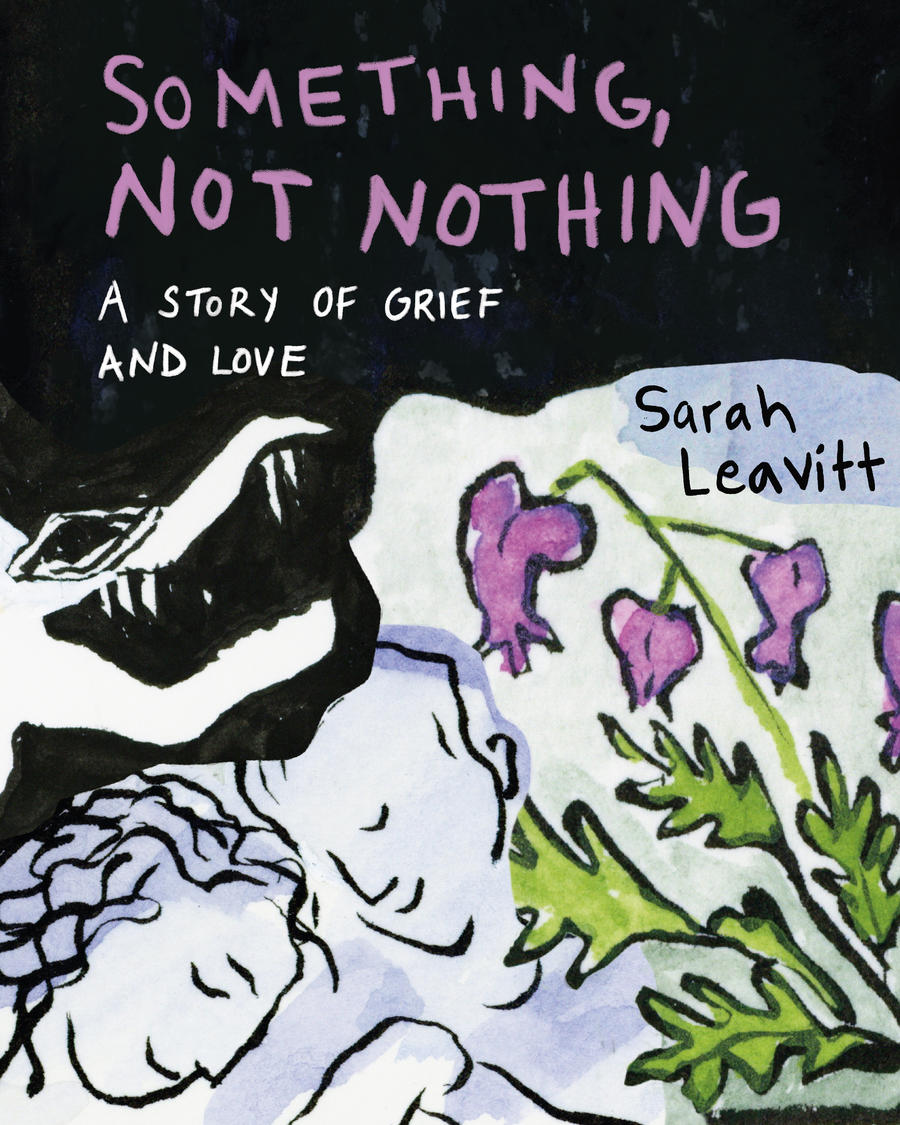
Something, Not Nothing: A Story of Grief and Love, Sarah Leavitt (Arsenal Pulp Press, 9/24)
Another book from Arsenal Pulp Press I wouldn’t have encountered if I hadn’t gotten it in the mail. I have complicated feelings about this memoir, which Leavitt created in real-time in the years following the death of her partner Donimo via medical assistance after her life with ME/CFS (chronic fatigue syndrome) became too unbearable. As someone living with ME/CFS, reading this was, you’ll be unsurprised to hear, harrowing. If you suffer from this condition, I wouldn’t necessarily recommend picking this up. But I am including it here for those who can take it because the book is simply a staggering work of art. The earliest pages, made in the aftermath of Donimo’s death, are among the most scalding representations of grief I’ve ever encountered. Most of the art in the book is not representational; instead, Leavitt allows abstract shapes and colors to do her work for her. As the book progresses, and time passes, she becomes more reconciled to her grief, allowing the book to feel like a tribute rather than merely an act of pain. Still, the painful parts have stayed with me especially strongly.

States of Emergency, Chris Knapp (Unnamed, already out)
Brandon Taylor, who acquired and edited this novel, has called it one of the best novels of the century to date, and while I am too leery of recency bias to make such outsized claims, I was also floored by the depth and precision of Knapp’s narrative and prose. This book, like some others on this list, doesn’t really have a “plot,” instead taking the form of a series of episodes over the course of several years, and within those episodes breaking down into a series of conversations or stories told in various mediums: at parties, in bed, via email. It’s no coincidence, of course, that the main character (a clear stand-in for Knapp) is pursuing an MFA in fiction writing, and that some of his peers mistake print-outs of his wife’s emails as his own writing. The novel isn’t about ownership of the story, exactly, but it is about the limitations of talk and of narrative in our quest to know and understand each other. Throughout the novel, the writer’s wife is also attempting to conceive through fertility treatments, and also at one point there’s a heatwave: these are experiences of the body that can’t exactly be translated into language, except of course that they’re here in the novel as part of its story. The book invites this kind of interior back-and-forth. What can writing do, what is its use, how precisely can we put down what we’ve seen and felt and experienced into words. Knapp can do this extremely well, as it happens, but his novel’s power lies largely in its suspicion of its own form.

This Motherless Land, Nikki May (Mariner Books, 10/29)
This charming novel, billed as a retelling of Mansfield Park, made me think of YA fiction, though I don’t read YA, so I don’t really know if I’m right. Sometimes when I read a book for adults and think it seems like YA, I think it seems overly juvenile or simplistic, which probably isn’t fair to that genre. But this book has a purity of emotion that felt teenager-y to me, in a wonderful way. Much of the novel takes place when the main characters are, in fact, children and teenagers: after Nigerian Funke’s white, English mother (and her brother) die in a car accident, her grieving father sends her away to live with her wealthy white relatives in England. She’s not prepared for the life she finds there, and is saved by friendship with her cousin Liv. Eventually, a family scandal separates them for decades. This separation drags on a little too long, especially since we know they will eventually be reunited, but May’s writing is winning and her depictions of relationships between white and Black Britons are insightful, sharp, sometimes tragic and sometimes funny. This book should have been a summer hit, but if you’re looking for an immersive escape this fall, you could do much worse.